Why Reverse Logistics Systems and Transportation Management Should Be Considered Together
GlobalTranz
JUNE 18, 2015
Needs for efficient reverse logistics systems continue to increase as e-commerce claims greater market share, and as so many traditionally functioning businesses grow and inevitably incur increasing volume of returns. This presents opportunities for developing new revenue streams, an exciting challenge to logistics professionals.


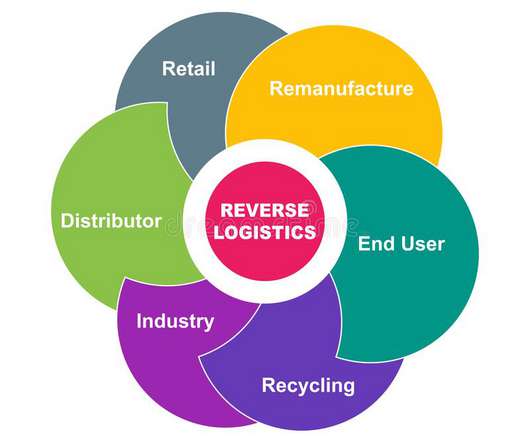

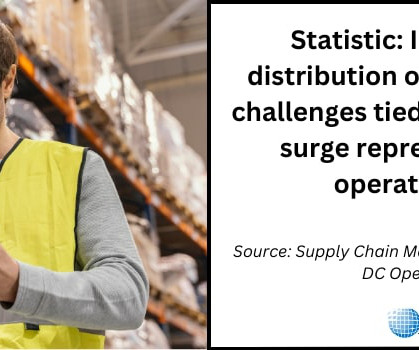
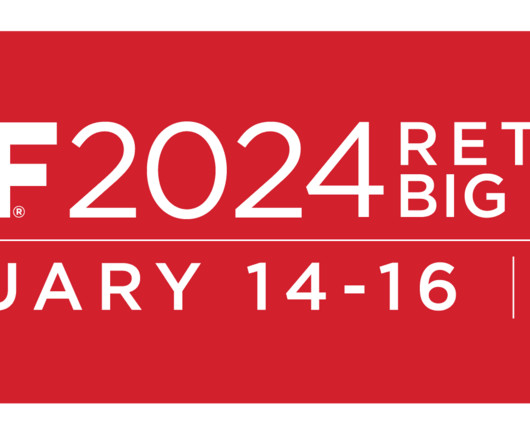
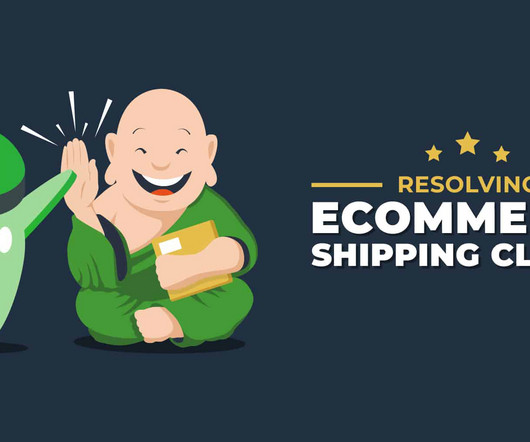
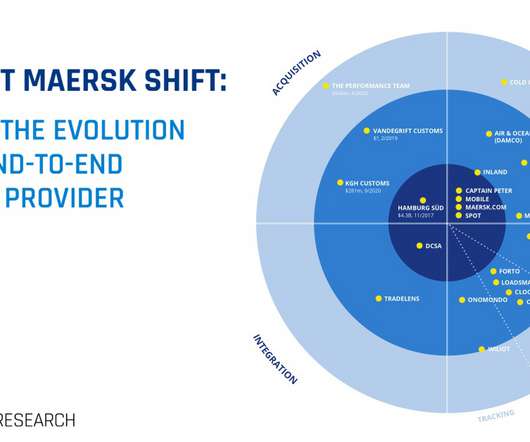


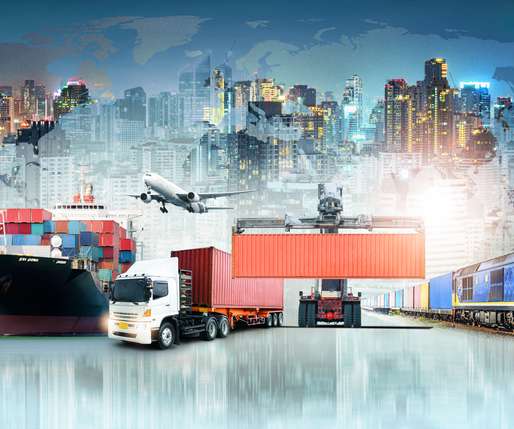










Let's personalize your content